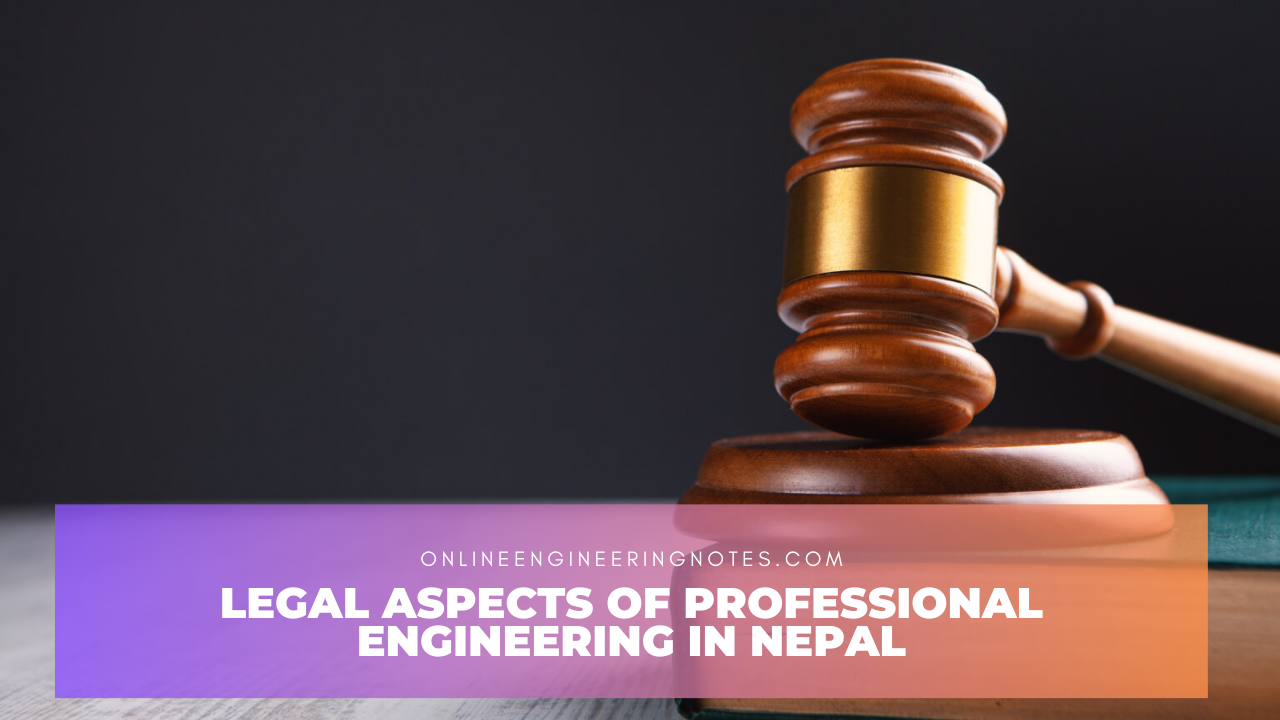1.1 Introduction to Nepalese Legal System
- Nepal follows a federal democratic system based on 2015 A.D. constitution.
- Nepal’s legal system is based on a combination of customary law, religious practices and modern legal principles.
- The Muluki Ain (Civic code) governs civil matters like contracts, property and family relation.
- There is separation of power in government i.e. Legislative, Executive and Judiciary.
- Court includes Supreme Court, High Court and District Court.
1.2 Essentials of a valid contract
Valid contract is a legally accepted agreement between parties that follows all the necessary rules, regulation and requirements.
- Offer and Acceptance: One part purposes (offer) terms and other agrees (accept).
- Intention to create legal relations: Both parties to be legally bound.
- Lawful consideration: There must be something of value exchanged between parties.
- Capacity: Both parties must have the legal ability to enter into a contract.
- Free consent: Agreement are made without pressure, fraud or mistake.
1.3 Difference between Void and Voidable contracts
| Void Contract | Voidable Contract |
| A contract that’s not legal from the start because it breaks the law or goes against public rules. | A contracts that’s valid but can be cancelled by one party. |
| No legal validity. | Valid unless one party choose to cancel it. |
| Parties cannot claim anything under a void contract. | Innocent party can recover losses from the other party. |
| Example: A contract with an illegal purpose. | Example: A contract with a minor who can cancel it upon reaching adulthood. |
| Cannot be enforced in court. | Can be enforced in court. |
1.4 Significance of a contract
- Agreement Clarity: Clearly defines terms, reducing confusion.
- Legal Binding: Creates enforceable obligations between parties.
- Dispute Prevention: Minimize conflicts by setting clear expectations.
- Business Assurance: Supports secure transactions and deals.
- Responsibility: Holds parties accountable for their commitments.
- Protection: Safe guard interest and rights of parties.
- Proof: Provide written evidence of agreement.
1.5 Factors to be considered in preparing a contract document
- Use simple and precise language to avoid misunderstandings.
- Clearly define scope of work.
- Enlist terms and condition which includes payment terms, deadlines and other condition.
- Define duties of each party involved.
- Address the protection of sensitive information.
- Specify which law governs the contract.
- Allow for future changes if needed.
1.6 Interpretation of contractual clauses
- It involves understanding and explain the meaning of specific term and provision within a contract.
- Ensure clarity to everyone about their right and duties.
- Prevents dispute and misunderstanding.
`1.7 Duties and Liabilities of designers and professionals
Duties of designer and professionals:
- Provide service with skillful work.
- Be truthful and transparent in all deal.
- Prioritize client needs and interest.
- Follow law and regulation relevant to profession.
- Keep client information private.
Liabilities of designers and professionals:
- Responsible for their mistake or error.
- May face legal action for professional misconduct.
- Responsible for damages caused by their negligence.
- Professional reputation can suffer due to poor work.
- Liable for compensating clients for losses due to professional mistake.
1.8 Conditions for establishment of professional negligence
1. Duty:
- Professionals have a duty to perform their task with care.
- Provide certain standard of service.
2. Breach:
- Professional failed to meet the expected standard of service.
3. Proximity cause:
- Professional action directly cause harm or impact the service.
4. Damage:
- Harmed party suffered losses due to the professional’s actions.
1.9 Types of Business Enterprises
1. Sole proprietorship:
- Owned and operated by one person.
- Owner makes all decisions and takes all profit.
- Owner is responsible for debt and losses.
2. Partnership:
- Managed and owned by two or more individual.
- Owners share decision making and profits.
- Partner share debts and responsibilities.
3. Limited company:
- Exits as a separate legal entity from its owners.
- Owner’s personal assets are protected from business debts.
- Ownership divided into shares held by shareholders.
2.0 Intellectual property right
1. Copyright:
- Idea protection.
- Safeguard original creation.
- Gives creator control over reproduction, distribution and public display.
- Lasts for creator’s lifetime plus a specific period.
2. Patent:
- Invention protection.
- Secure new and useful invention.
- Grants exclusive rights to use, make or sell the invention.
- Usually last around 20 years.
3. Design:
- Visual protection.
- Covers the appearance of products like shapes.
- Grants protection against copying the design visual aspects.
- Last for several years.
4. Trademarks:
- Brand protection.
- Protects symbol, name that disguise products or service.
- Helps consumers recognize and trust a specific brand.
- Can be renewed timely as its in use.
References:
- Giddens, A. (2009). Sociology. Polity Press.
- Kumar, A. (2014). Engineering Ethics and Human Values. Laxmi Publications.
- Schaefer, R.T. (2018). Sociology: A Brief Introduction. McGraw-Hill Education.
- Manual of Engineering Professional Practice (Nepal Engineering Council)

